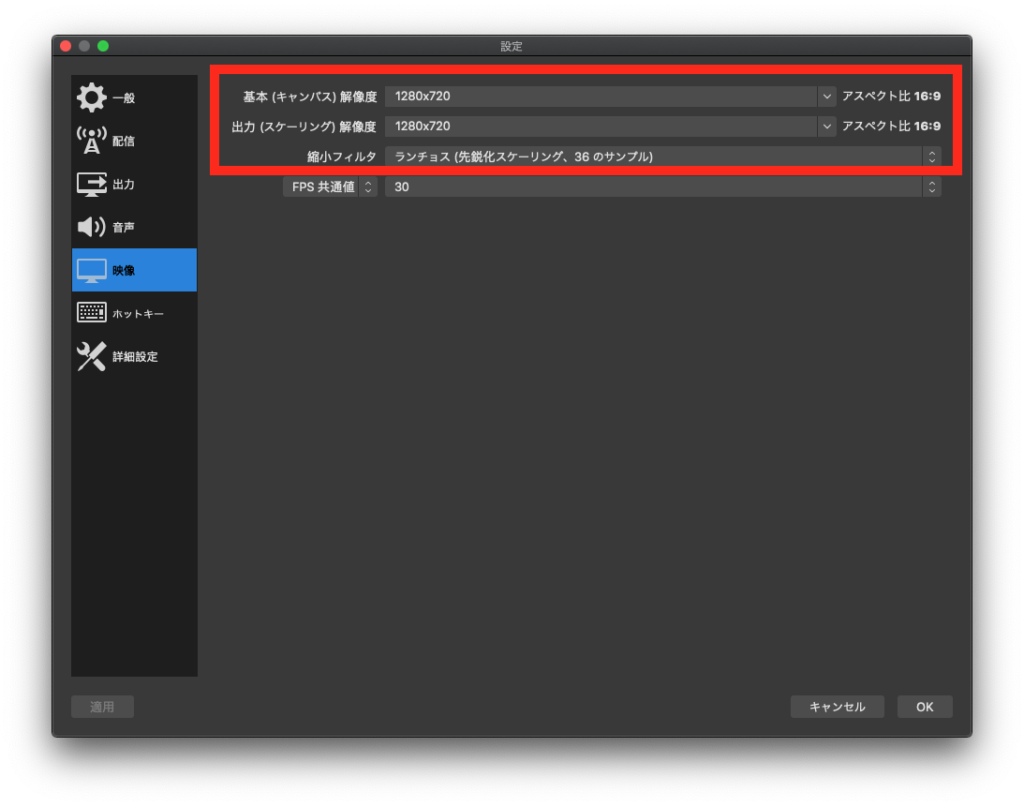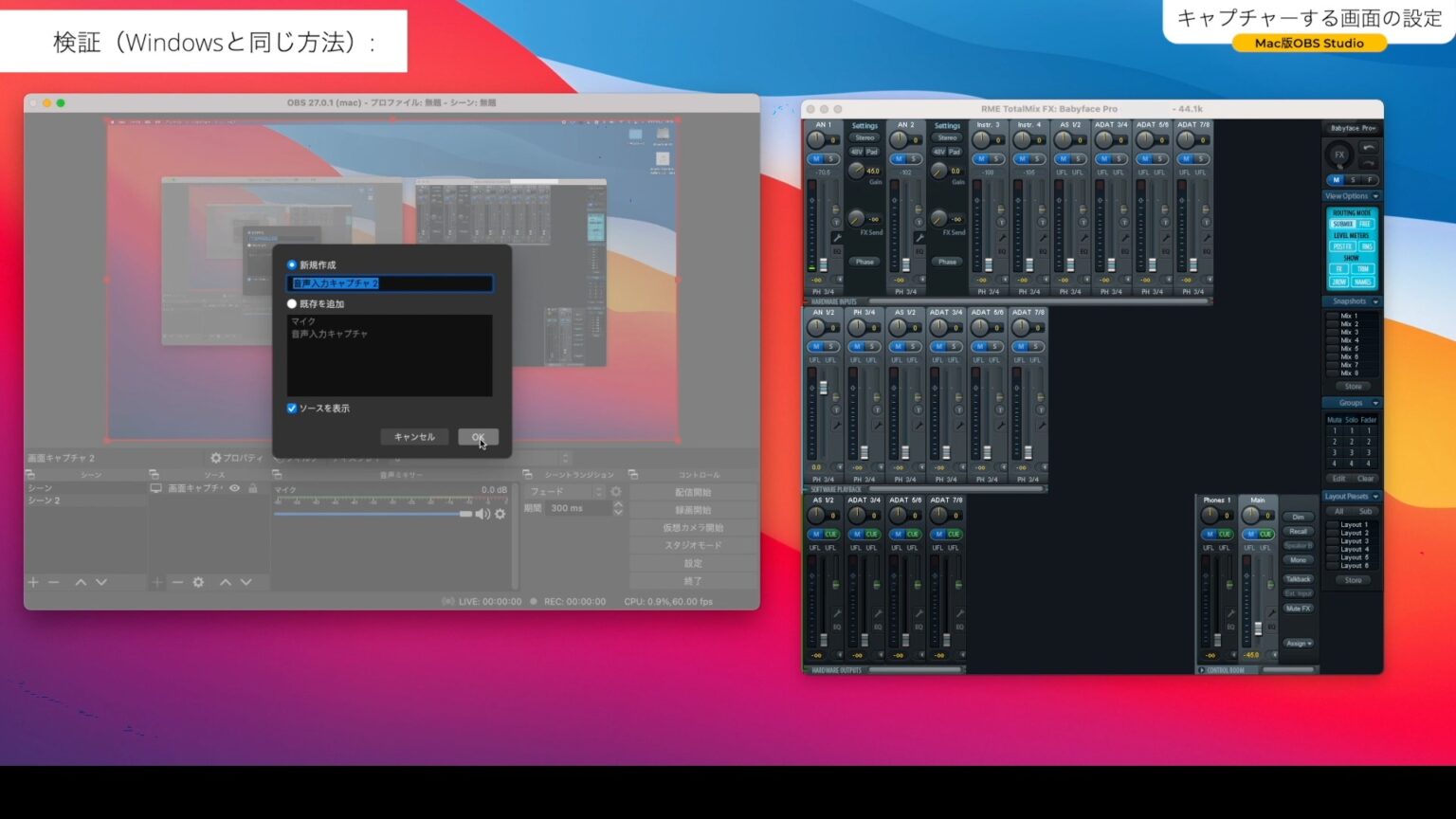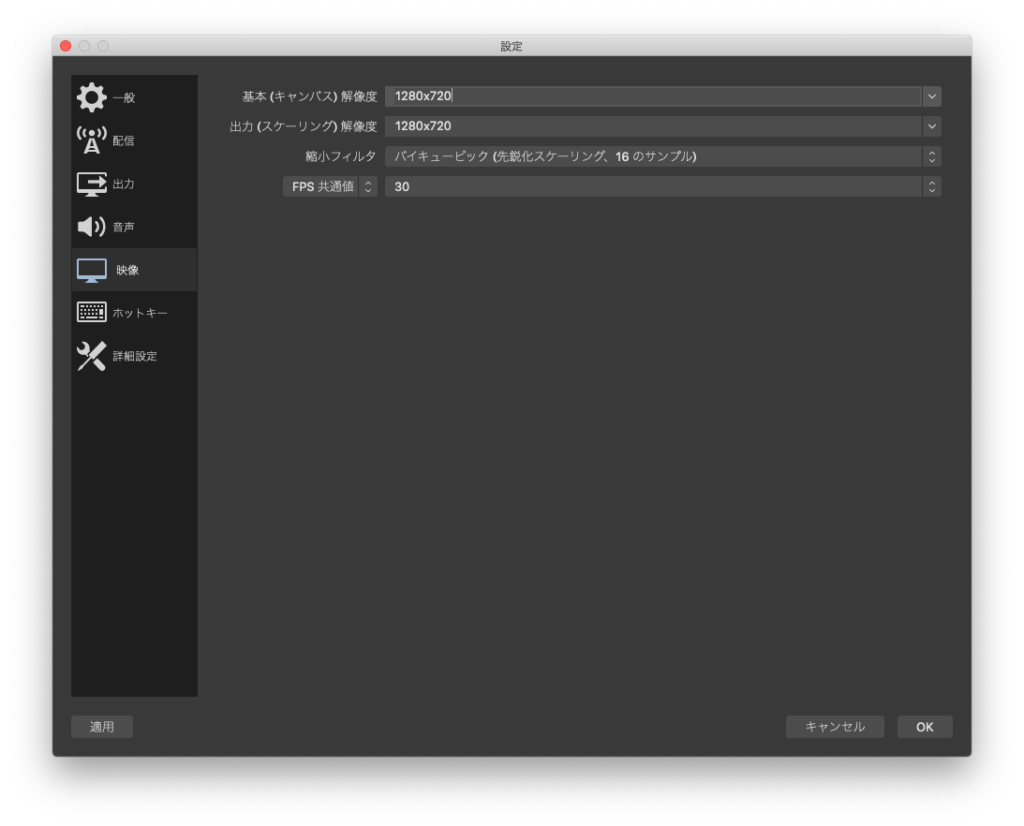
If you have a webcam in addition to the external camera, you could set the webcam to be a 'wide' overview angle, showing the entire area of interest (like the whole sanctuary, if streaming a liturgy), and you can have the external camera set up on a tripod with a zoom lens, and that camera could zoom in and focus on areas of interest, like an altar, lectern, or the presider's chair. Then you could have another scene with your main camera, and switch to that when it's time for the stream to start. You could have one scene be an image or video that plays prior to your stream officially starting (make sure you have the microphone or audio input muted during that time!). In OBS, you can set up one or more 'scenes' and switch between them.

We'll get to the audio in a minute, but for now I'll focus on OBS. It uses my external shock-mounted microphone, for really good audio.It has my external camera in a 'picture in picture' area on the bottom right.

#Elgato not showing up in obs studio mac free#
OBS is a free and open source program that lets you produce live streams and deliver the streaming content into any major platform like YouTube, Facebook Live, or Twitch.įor my livestreams, I have one main 'scene' set up in OBS:
#Elgato not showing up in obs studio mac software#
You can use an external camera plugged into the Cam Link directly with most any streaming software, since it shows up as a selectable camera just like any plugged in webcam, but for ultimate control, especially with advanced 'scene' capabilities that allow you to add title cards (for things like prayers), you should use streaming software like OBS. I also have a nice Manfrotto fluid video tripod head that allows me to pan and tilt the camera smoothly, so if I want to move around the camera and zoom in or out during the stream, I can do that easily (but for my live streams, I usually keep it still). Most cameras don't have a full-size HDMI output, so you'll also need to buy a mini or micro-HDMI-to-HDMI adapter cable.įor my setup, I use a Sony a6000 mirrorless camera, with a 10 foot micro-HDMI to HDMI cable, plugged into my Cam Link 4K, which is then plugged into my computer. The best device to assist with that is the Elgato Cam Link 4K. To do this, you need to be able to plug the camera's HDMI video output into your computer. If you don't already have a quality webcam-I usually recommend a Logitech StreamCam or Breo-you might be out of luck because they're sold out pretty much everywhere right now.īut you might have or be able to borrow someone's digital camera (mirrorless or some models of DSLR), and use that to do the live stream. So the next step is to set up a laptop with an external camera.

There are a number of different options you have for live streaming the simplest is to set up a smartphone on a tripod, point it at something, and start streaming using YouTube, Facebook Live, Periscope, or whatever streaming service you want.īut the quality is usually so-so, you are limited to one camera and viewing angle, and the sound is often terrible since the microphone on the phone is not close to the person speaking, nor is it tied into a sound system. Simplest option: a smartphone on a tripod This video should also be useful for other individuals interested in making higher quality live streams on their own.

Since many smaller churches are gearing up to live stream Easter or other major liturgies this week, I thought I'd make a quick video showing how I do my livestream, and giving some tips for people in a similarly budget-and-personnel-limited situation! We also had remote control 'PTZ' cameras, and dedicated streaming hardware like a Tricaster.įor my own livestreams, I had a very limited budget, and only one person (me) to operate the camera, produce the live stream, and be the content on the live stream! (I even wrote a blog post on the topic a few weeks ago.)įor larger events, there was usually a team of camera operators. In the past, I've helped run live streams for various events, from liturgies in a cathedral to youth events in a stadium. A few weeks before this year's pandemic started affecting the US, I started live-streaming on my YouTube channel.


 0 kommentar(er)
0 kommentar(er)
